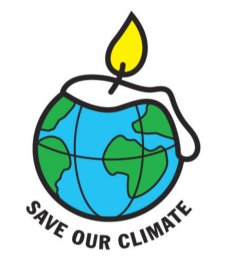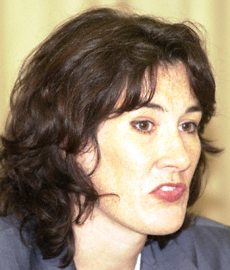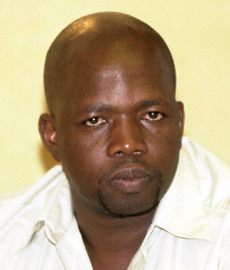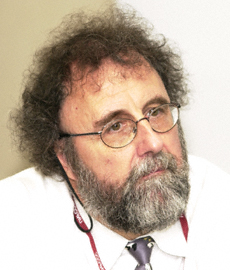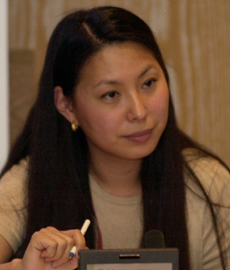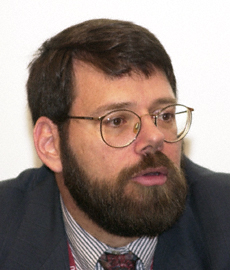|
Underlining IEA's work on energy security, economic growth and environmental protection issues, Jonathan Pershing, IEA, outlined projections on future energy demand and the need to change existing trends.
Cédric Philibert, IEA, described key energy technologies involving end-use efficiency, fuel switching, conversion efficiency, non-carbon energy sources, and nuclear energy, noting the need to use a policy mix including each of these options. Philibert reviewed statistics, trends, and practicalities regarding nuclear and renewable energy generation, and on carbon capture and storage. He discussed policy issues regarding existing and future technologies, competitiveness and future uncertainties. He also reviewed: the drivers of technological change; policy tools, including research and development subsidies, standards and voluntary agreements; and international collaboration issues.
Benoit Lebot, IEA, reviewed the practicalities of energy efficiency related policies, focusing on efforts to improve energy efficiency of household appliances. Noting growth in household energy consumption, he stressed the cost effectiveness and carbon dioxide emissions reductions that can be achieved through the use of more efficient appliances. He outlined policy mechanisms including labeling and the use of minimum energy efficiency standards and stated that by applying life-cycle cost analysis, efficiency gains can be achieved cost effectively. He said an ideal policy package would include end-use analysis; independent life-cycle cost analysis; international benchmarking; dynamic policies, including minimum energy performance standards and labeling; and constant monitoring and evaluation.
Pershing outlined trends and projections relating to renewable energy sources, presented energy scenarios and their environmental and security implications, and described policy options for renewable energy. Pershing noted that the use of renewable energy will increase if policy shifts are made that promote and support renewable energy markets. He said policy makers must align policies with sustainable development, energy security and environmental goals.
Discussion: Participants raised questions regarding labeling standards in Europe, quantity restrictions on the ownership of household appliances, efforts to reduce fossil fuel subsidies, benchmarking initiatives, facilitation of technology transfer initiatives under the UNFCCC, and the IEA's implementing agreements.
|



